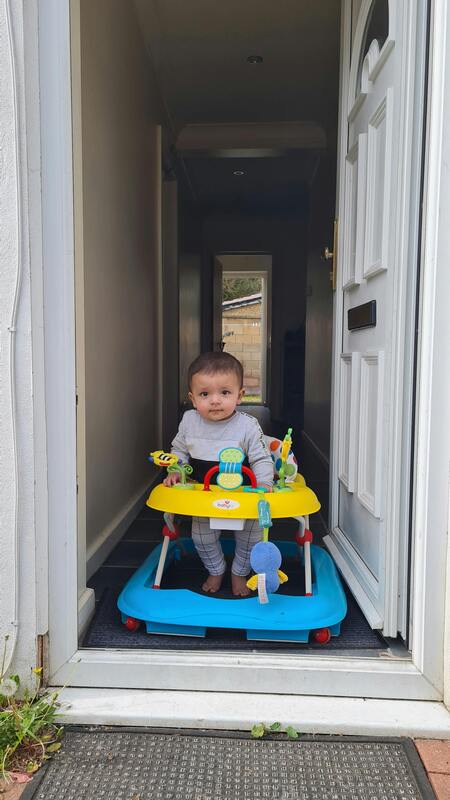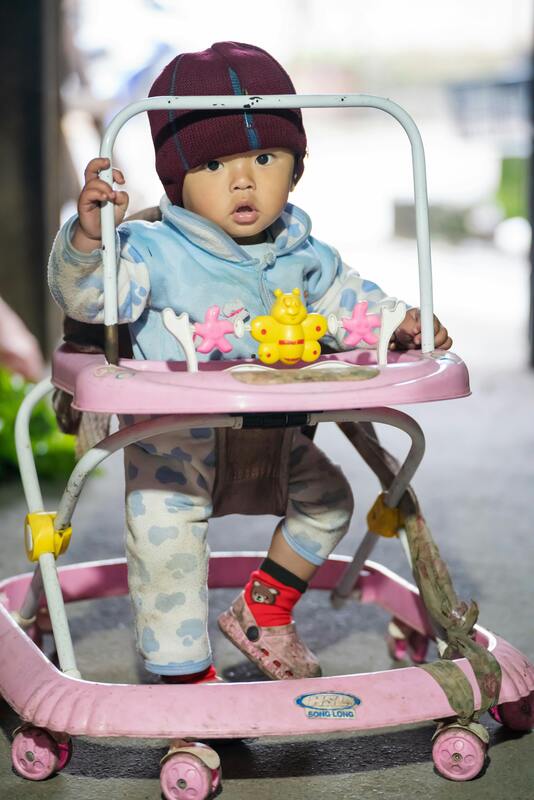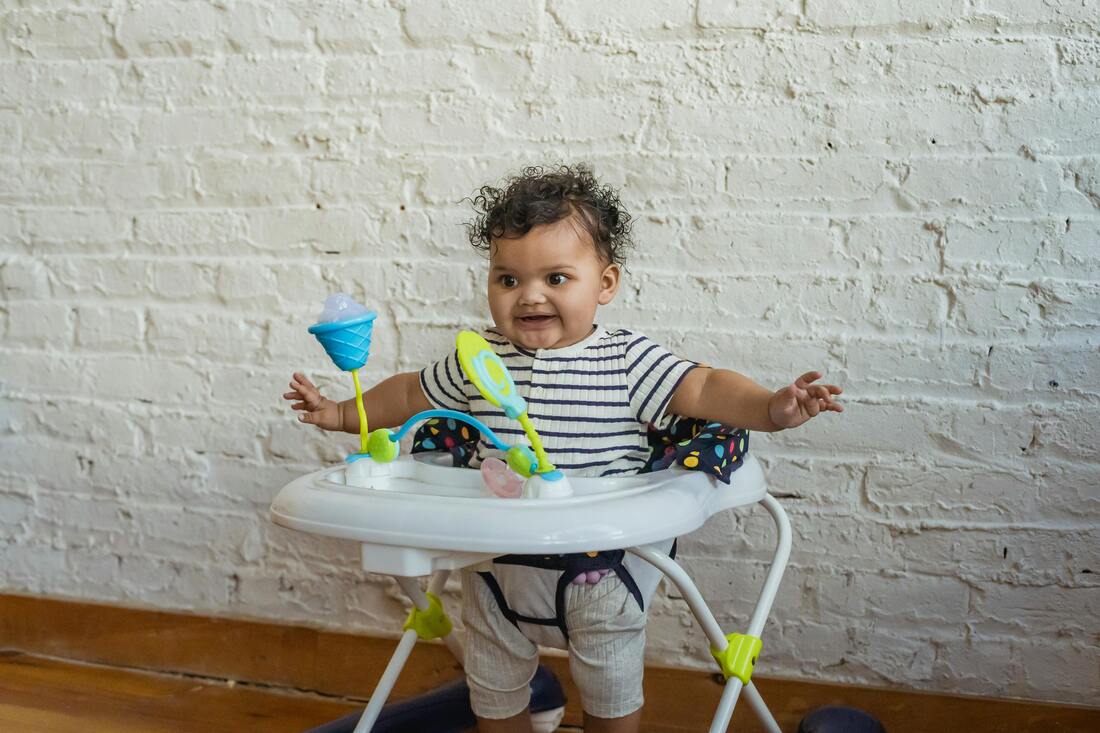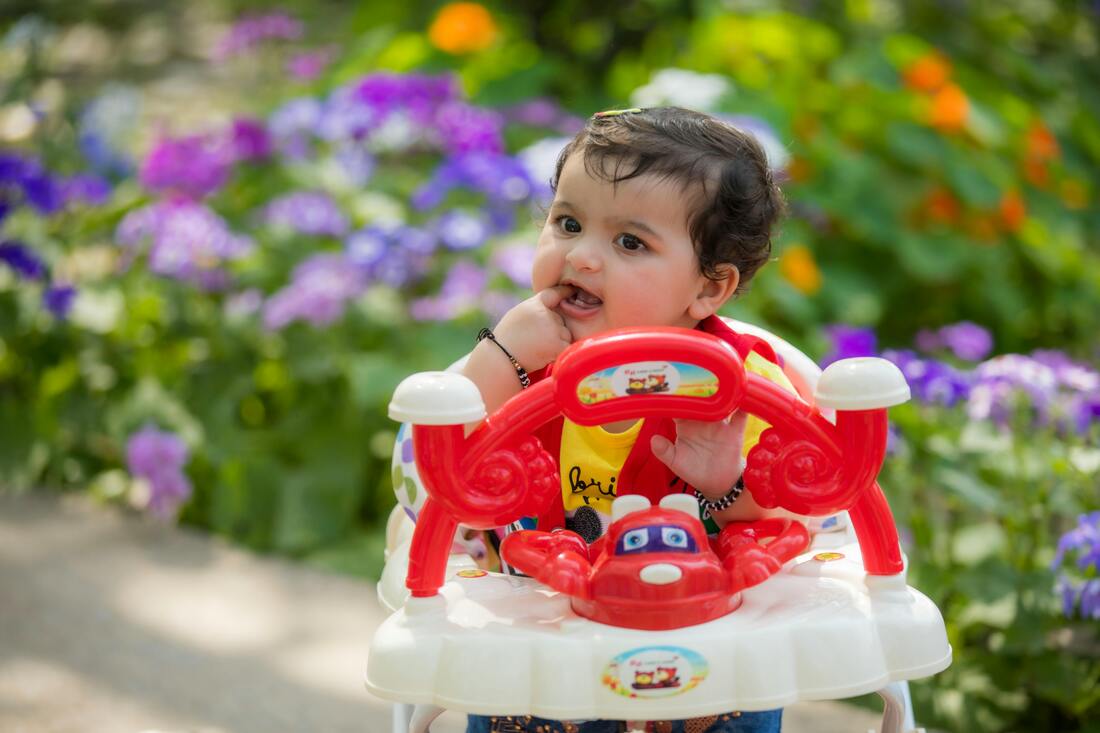A baby walker is a device that allows infants who can't walk on their own yet to move around using their legs. It typically has:
- A frame with wheels.
- A seat with leg holes.
- A tray or play surface with toys or activities.
Purpose of a Baby WalkerOriginally, baby walkers were designed to:
- Support mobility for babies aged 4 to 16 months.
- Encourage exploration and independent movement.
- Keep babies entertained while caregivers attend to other tasks.
Types of Baby Walkers
- Traditional Sit-In Walkers:
- Baby sits inside with feet touching the ground.
- Moves by pushing off the floor.
- Push Walkers (Walk-Behind Walkers):
- Baby pushes it from behind while standing.
- Promotes better walking development than sit-in types.
- Stationary Activity Centers (not true walkers):
- Provide play without movement.
- Safer but don’t aid in walking.
|
Pros of Baby Walkers
Cons and Risks 🚫 Safety Hazards
|
⚖️ Safety Guidelines & RegulationsU.S. and Canada
Age & Weight RecommendationsMost baby walkers are labeled for:
|
Alternatives to Baby Walkers
🧩 Key Considerations Before Using
- Push Toys / Push Walkers:
- Safer and promote proper walking mechanics.
- Safer and promote proper walking mechanics.
- Exersaucers or Stationary Jumpers:
- Allow upright play without the risk of movement.
- Allow upright play without the risk of movement.
- Floor Play / Tummy Time:
- Best for natural development of strength and coordination.
- Best for natural development of strength and coordination.
- Cruising Furniture:
- Letting baby pull up and walk along couches or safe furniture.
- Letting baby pull up and walk along couches or safe furniture.
🧩 Key Considerations Before Using
- Is your home walker-safe (no stairs, sharp edges, etc.)?
- Are you supervising your baby at all times?
- Are you using it in moderation?
- Is your baby physically ready (neck strength, coordination)?
- Have you consulted a pediatrician?



